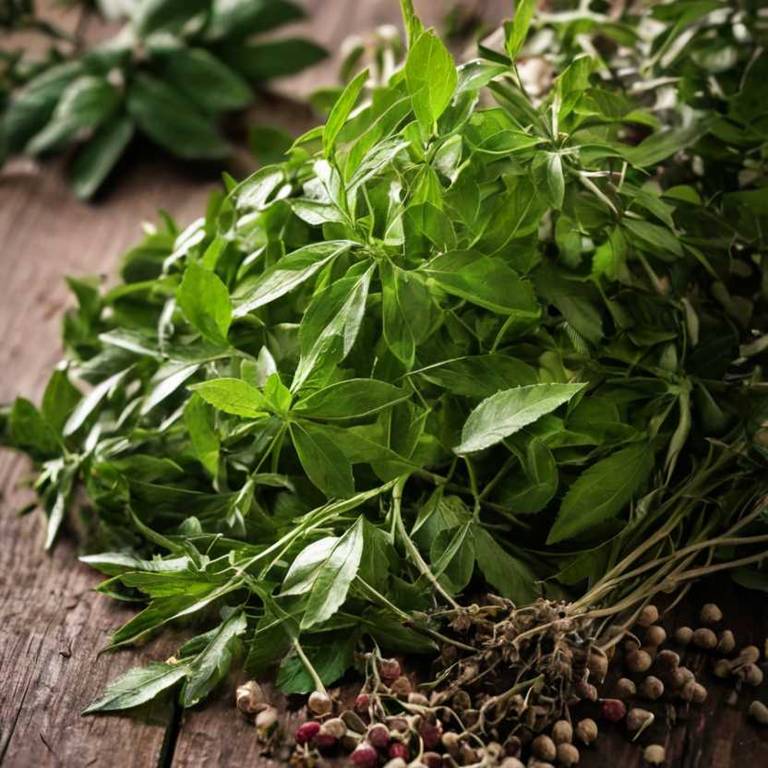Prunus Cerasus: What To Know Before Using It For Medicinal Purposes

Prunus cerasus, commonly known as the sweet cherry, has been utilized for its medicinal properties for centuries.
The fruit is rich in antioxidants, vitamins, and minerals that contribute to its therapeutic value, including vitamin C, potassium, and fiber. It has been traditionally used to support digestive health due to its high fiber content and mild laxative effects. Additionally, the bark and leaves of the plant contain compounds such as cyanogenic glycosides, which have shown potential in antimicrobial and anti-inflammatory applications.
However, it is important to note that certain parts of the plant, particularly the seeds, contain toxic compounds and should be used with caution.
Health Benefits
Prunus cerasus has several health benefits, such as its high content of antioxidants that help combat oxidative stress and reduce the risk of chronic diseases.
The fruit is rich in vitamin C, which supports immune function and skin health. It also contains dietary fiber, which aids in digestion and promotes a healthy gut. Additionally, Prunus cerasus may contribute to heart health by helping to lower cholesterol levels and improve blood pressure.
Its natural compounds have also been linked to potential anti-inflammatory and anti-cancer properties.
10 Best Health Beneift of Prunus cerasus
Bioactive Constituents
Prunus cerasus has several bioactive constituents, such as flavonoids, phenolic acids, and essential oils, which contribute to its medicinal properties.
These compounds exhibit antioxidant, anti-inflammatory, and antimicrobial activities, making them valuable in treating various health conditions. Flavonoids like cyanidin and pelargonidin are known for their ability to neutralize free radicals and protect cells from oxidative stress. Phenolic acids, including chlorogenic and caffeic acid, further enhance the plant's therapeutic potential by modulating enzyme activities and reducing inflammation.
The essential oils found in Prunus cerasus also contain compounds like limonene and linalool, which have calming and digestive benefits, supporting its traditional use in herbal medicine.
Medicinal Preparations
Prunus cerasus has several medicinal preparations, such as teas, tinctures, and essential oils, which have been traditionally used for their therapeutic properties.
Cherry blossom tea, made from the petals, is often consumed to promote relaxation and improve mood due to its mild sedative effects. Tinctures derived from the fruit or leaves are used in herbal medicine to support digestive health and relieve symptoms of inflammation. The essential oil extracted from the flowers is also utilized in aromatherapy for its calming and antiseptic qualities.
These preparations highlight the versatile applications of Prunus cerasus in both traditional and modern herbal practices.
Side Effects
Prunus cerasus can have some side effects, such as gastrointestinal discomfort, including nausea, vomiting, and diarrhea, particularly when consumed in large quantities.
The fruit contains cyanogenic glycosides, which can release cyanide when metabolized, posing a risk of toxicity in high doses. Allergic reactions, including skin rashes and respiratory issues, may occur in individuals sensitive to the fruit. Overconsumption may lead to headaches, dizziness, and even more severe symptoms like unconsciousness in extreme cases.
It is important to consume Prunus cerasus in moderation and consult a healthcare professional if adverse effects are experienced.